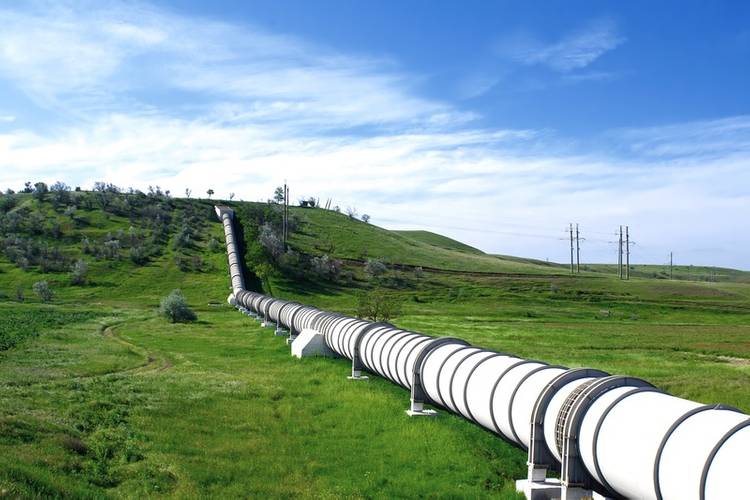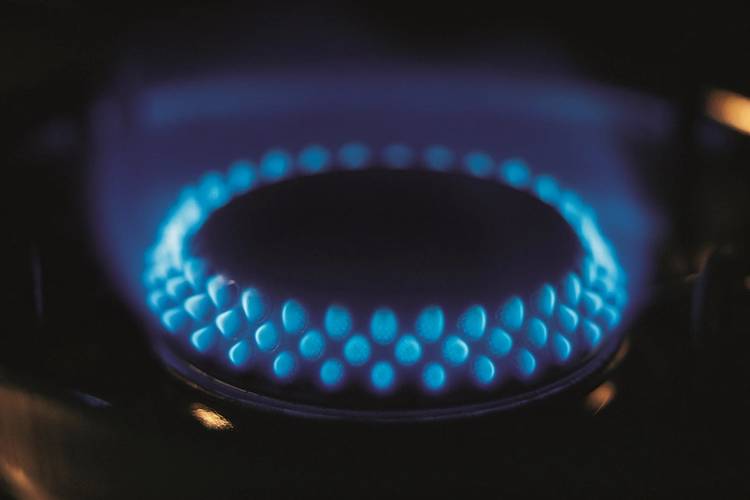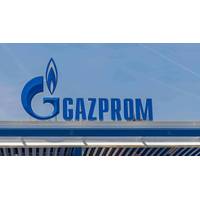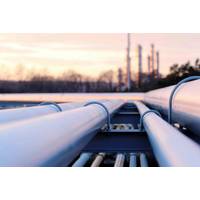DNV GL is now launching an online pipeline gas quality calculator, the ‘PKI Methane Number Calculator for Pipeline Gas’, to ensure that the end-user can reliably and safely use the gas being distributed.
The chemical composition of fuel in the natural gas grid is becoming more diverse due to globalization of energy supply and the drive towards introducing renewable gases. Mismatching fuel quality to a given engine can cause engine knock, which can compromise engine performance and lead to engine shutdown.
Dwindling local reserves of natural gas have led to more gas being imported, either by pipeline or by ship as LNG, to meet demand. Since this supply of gas comes from different reserves around the world and is intended for a variety of markets, its composition can vary considerably, and thus imported natural gases generally have a different composition than the gases traditionally distributed.
Furthermore, the drive towards a ‘greener’ natural gas infrastructure by the steady increase in the introduction of renewable gases into the gas grid adds to the diversity of composition. Hydrogen from power to gas, syngas (hydrogen/carbon monoxide mixtures) from biomass gasification and substantial fractions of carbon dioxide in fermentation gases add fuel components that do not occur in the normal range of natural gas compositions.
Howard Levinsky, Senior Principal Specialist, DNV GL – Oil & Gas, says: “Different gas compositions have different combustion properties, which can adversely affect the performance of end-use equipment, such as gas engines. The key question decision makers in the gas industry and engine manufacturers need to address is whether the combustion properties of a ‘new’ gas composition differ from the equipment’s specification to the extent that the fitness for purpose and safety for the end-user are at risk. When assessing the potential impact of introducing new fuels into the natural gas infrastructure, it is essential that the risk of causing knock in the population of end-use equipment can be assessed quantitatively.”
To assess the fitness for purpose of new gaseous fuels, DNV GL has developed a verified algorithm that quantifies the effect of the pipeline gas quality on engine knock and thus helps ensure safe and efficient engine operations. A comparison with experiments using a lean-burn engine in a configuration for combined heat and power (CHP) shows that the algorithm gives a significantly more accurate reflection of the impact of variations in fuel quality on engine knock than traditional tools. Similar to the PKI Methane Number Calculator for LNG, currently available for use on the DNV GL website, the new PKI Methane Number Calculator for Pipeline Gas computes a PKI Methane Number to quantify the fuel’s so-called knock resistance on a 0-100 scale analogous to the octane number for gasoline.
The new PKI Methane Number Calculator for Pipeline Gas stands out from traditional methods in terms of its accuracy in assessing the impact of butanes, pentanes and their isomers, substantial amounts of nitrogen and carbon dioxide, and the components from renewable gases that do not occur in natural gas, such as hydrogen and carbon monoxide.
The tool’s superior accuracy has been demonstrated for the lean-burn CHP engine. The research method used to derive the PKI Methane Number Calculator for Pipeline Gas offers a flexibility that traditional tools do not have: adapting the calculator for different engine platforms and different fuels is straightforward. For instance, together with key industry partners, DNV GL is currently applying the method to different engine platforms that use LNG as a fuel (truck, marine and CHP engines). In addition, the computational algorithm behind the tool is easy to use. The equation used to calculate the methane number can be readily incorporated into engine-control systems to maximize knock-free performance when using a wide range of fuel, making next generations of engines even more robust.
Elisabeth Tørstad, CEO, DNV GL - Oil & Gas, says: “Using the online pipeline gas calculator, fuel suppliers, engine manufacturers, gas network operators and end-users can quickly assess the risk to gas engines of changing fuel compositions. By developing this tool, we are helping to ensure a gas-supply transition to a more sustainable future.”






